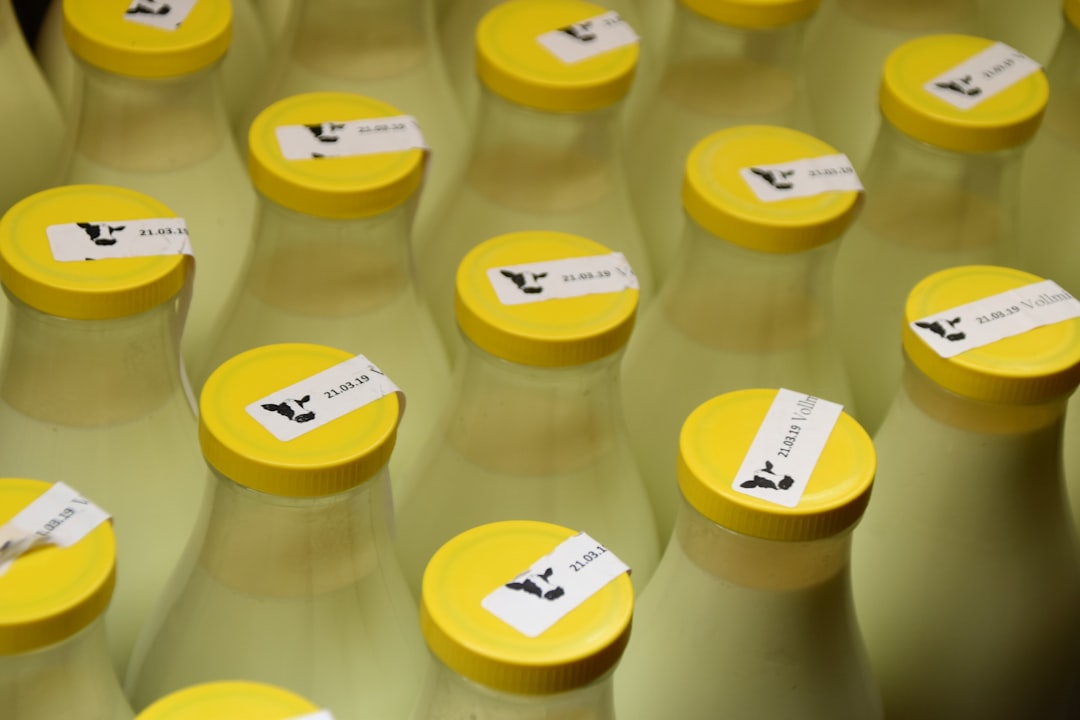Milk labels and certifications are increasingly important for consumers seeking to understand the production methods and quality of dairy products. These labels provide insights into factors like animal welfare, environmental sustainability, and nutritional content. Here’s a comprehensive guide to the various milk labels and certifications found globally, highlighting their significance and differences.
Organic Labels
Organic labels are among the most recognized certifications, emphasizing sustainable farming practices:
-
USDA Organic
-
In the U.S., the USDA Organic label ensures that milk comes from cows fed 100% organic feed, without synthetic pesticides or fertilizers.
-
Organic farms must also provide cows with access to the outdoors.
-
-
EU Organic
-
The EU Organic label requires at least 95% of ingredients to be organic, with strict regulations on animal welfare and environmental impact.
-
Products must be labeled with the EU organic logo and a certifier control number.
-
Animal Welfare Labels
These labels focus on ensuring better living conditions for dairy cows:
-
Animal Welfare Approved (AWA)
-
AWA is a certification that emphasizes high animal welfare standards, including access to pasture and no confinement.
-
It is recognized for its rigorous standards and transparency.
-
-
Certified Humane
-
This label ensures that dairy farms meet specific standards for animal care, including adequate space and handling practices.
-
It is widely recognized in the U.S. and abroad.
-
Sustainability and Environmental Labels
These certifications highlight environmental stewardship and sustainable practices:
-
Regenerative Organic Certified (ROC)
-
ROC goes beyond organic standards by emphasizing regenerative farming practices that enhance soil health and biodiversity.
-
It is gaining popularity for its focus on environmental sustainability.
-
-
Fair Trade
-
Fair Trade certifications ensure fair prices for farmers and promote sustainable livelihoods.
-
While more common in coffee and chocolate, some dairy products also carry Fair Trade labels.
-
Quality and Safety Certifications
These certifications focus on ensuring the quality and safety of milk:
-
Milk Quality Standards
-
Parameters like somatic cell count (SCC) and total bacterial count (TBC) are used to evaluate milk quality.
-
Low SCC and TBC indicate good udder health and hygiene practices.
-
-
Third-Party Audits
-
Independent audits verify compliance with quality and safety standards, providing assurance to consumers.
-
These audits often involve regular inspections and testing.
-
Global Variations in Labeling Requirements
Labeling requirements vary significantly across different regions:
-
Canada and EU Labeling
-
In Canada, organic products must meet the Canadian Organic Standards (COS).
-
The EU has strict regulations on organic labeling, including the use of the EU organic logo.
-
-
International Trade Considerations
-
Exporters must comply with destination country regulations, which can include additional labeling requirements.
-
Working with importers is crucial for ensuring compliance with local standards.
-
Conclusion
Understanding milk labels and certifications is essential for consumers seeking to make informed choices about dairy products. By recognizing the differences between various labels, consumers can support production methods that align with their values, whether it be organic farming, animal welfare, or environmental sustainability.
Additional Resources
For more detailed information on milk labels and certifications, consider the following resources:
-
Labeling Guides: Consult guides like the International Market Labeling Guide for insights into global labeling standards.
-
Certification Websites: Visit websites of certifying organizations like USDA Organic and Animal Welfare Approved for detailed information on their standards.
-
Consumer Reports: Review consumer reports highlighting the differences and benefits of various dairy certifications.
Citations:
- https://www.ccof.org/sites/default/files/2022-03/International_Labeling_Guide.pdf
- https://www.veterinariadigital.com/en/articulos/measurement-and-importance-of-milk-quality-parameters/
- https://pt.fsc.org/sites/default/files/2023-11/Global%20third-party%20certification%20and%20labelling.pdf
- https://www.teagasc.ie/animals/dairy/milk-quality/
- https://foodprint.org/eating-sustainably/food-label-guide/food-label-guide-dairy/
- https://www.e3s-conferences.org/articles/e3sconf/pdf/2021/58/e3sconf_efsc2021_06007.pdf
- https://fairworldproject.org/choose-fair/certifier-analysis/international-guide/
- https://www.nass.usda.gov/Publications/Methodology_and_Data_Quality/Milk_Production/03_2024/milkqm24.pdf

Comments
No comments yet. Be the first to comment!
You must be logged in to comment. Login